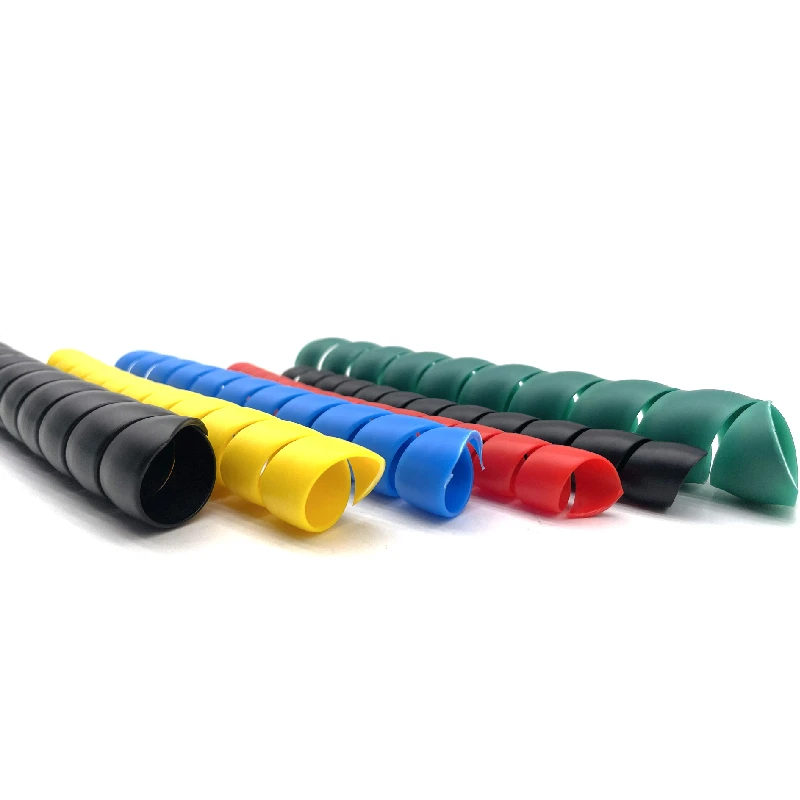មករា . 09, 2025 11:13
Back to list
Air Conditioning Pipe Sizes Explained
Understanding the intricacies of air conditioning pipe sizes is essential for anyone seeking to optimize their HVAC systems. A properly sized pipe plays a pivotal role in ensuring the efficiency and longevity of your air conditioning system. Drawing on my extensive experience in the HVAC industry, let’s delve into the critical aspects of air conditioning pipe sizes—focusing on their impact on system performance and maintenance.
The material of the pipes also plays a significant role. Most modern systems utilize copper pipes due to their excellent thermal conductivity and durability. However, ensuring these pipes have the correct wall thickness is crucial, as this influences their ability to withstand pressure without deforming. For a new installation or upgrade, consulting with an HVAC specialist can save time and resources. A professional can perform a thorough load calculation, taking into account factors such as the building's thermal envelope, local climate conditions, and specific cooling needs. They can then recommend the precise pipe diameter, thereby optimizing efficiency and compliance with the latest industry standards. Additionally, for those considering a DIY approach, there are universal rules of thumb available, though these should be applied cautiously. For example, a split-type air conditioning system typically requires a pipe size of 1/4 inch for the liquid line and 5/8 inch for the suction line for capacities up to 24,000 BTU. However, as the system capacity increases, especially over 36,000 BTU, adjustments to the pipe sizes become necessary, often requiring a diameter of 3/8 inch for the liquid line and up to 7/8 inch for the suction line. Ultimately, selecting the correct air conditioning pipe size is a crucial step in ensuring the optimal function of your HVAC system. By approaching this task with detailed attention to technical details and consultation with experienced industry professionals, you can enhance your system’s performance, reduce energy costs, and extend the lifespan of your equipment. This strategic decision not only improves comfort but also solidifies your investment into a more sustainable and efficient cooling solution.


The material of the pipes also plays a significant role. Most modern systems utilize copper pipes due to their excellent thermal conductivity and durability. However, ensuring these pipes have the correct wall thickness is crucial, as this influences their ability to withstand pressure without deforming. For a new installation or upgrade, consulting with an HVAC specialist can save time and resources. A professional can perform a thorough load calculation, taking into account factors such as the building's thermal envelope, local climate conditions, and specific cooling needs. They can then recommend the precise pipe diameter, thereby optimizing efficiency and compliance with the latest industry standards. Additionally, for those considering a DIY approach, there are universal rules of thumb available, though these should be applied cautiously. For example, a split-type air conditioning system typically requires a pipe size of 1/4 inch for the liquid line and 5/8 inch for the suction line for capacities up to 24,000 BTU. However, as the system capacity increases, especially over 36,000 BTU, adjustments to the pipe sizes become necessary, often requiring a diameter of 3/8 inch for the liquid line and up to 7/8 inch for the suction line. Ultimately, selecting the correct air conditioning pipe size is a crucial step in ensuring the optimal function of your HVAC system. By approaching this task with detailed attention to technical details and consultation with experienced industry professionals, you can enhance your system’s performance, reduce energy costs, and extend the lifespan of your equipment. This strategic decision not only improves comfort but also solidifies your investment into a more sustainable and efficient cooling solution.
Latest news
-
Ultimate Spiral Protection for Hoses & CablesNewsJun.26,2025
-
The Ultimate Quick-Connect Solutions for Every NeedNewsJun.26,2025
-
SAE J1401 Brake Hose: Reliable Choice for Safe BrakingNewsJun.26,2025
-
Reliable J2064 A/C Hoses for Real-World Cooling NeedsNewsJun.26,2025
-
Heavy-Duty Sewer Jetting Hoses Built to LastNewsJun.26,2025
-
Fix Power Steering Tube Leaks Fast – Durable & Affordable SolutionNewsJun.26,2025

